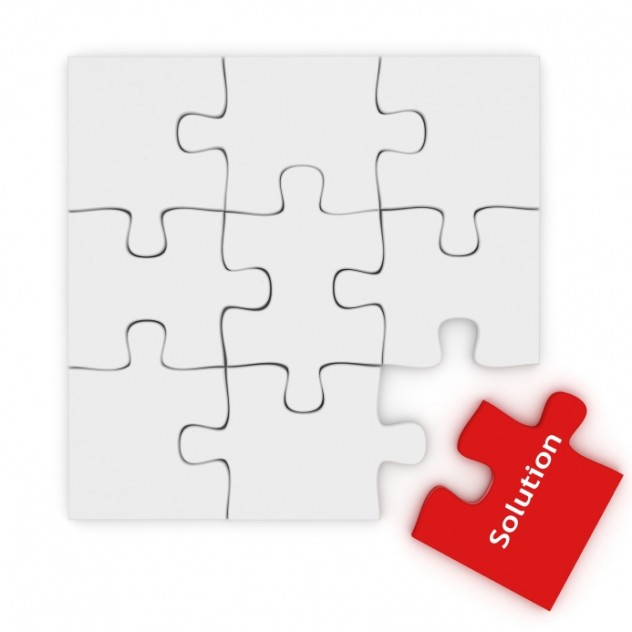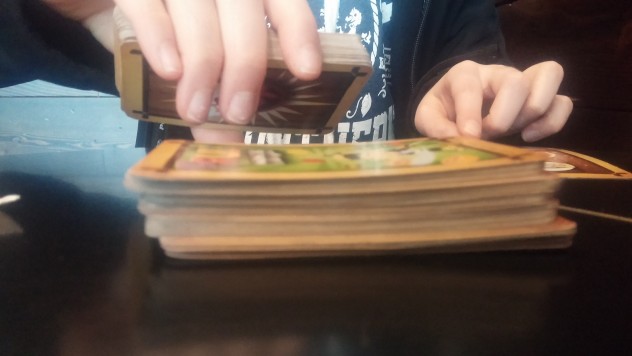Everyone loves a puzzle.
Imaginative teachers pull their students in; they intrigue them. They puzzle them. Of course, leaving students puzzling doesn’t mean leaving them confused. By puzzling I mean capturing students’ curiosity. Mystery intrigues us; it evokes emotion.
The world is full of unanswered questions and puzzles. What’s more intriguing than that? Kieran Egan suggests that one of the worst things we can do in schools is present the curriculum topics we are teaching as all known. (e.g. “Look students! Here is all you need to know about cell biology!” or “Here is Algebra—learn this and you know it all!”) Rather, we should present the world—and all our curriculum topics—as part of a great mystery and adventure. We should identify the unknown.
To maximize your students’ engagement and learning of any curriculum content tap into your students’ sense of mystery. The sense of mystery–like other cognitive tools described in our Tools of Imagination Series–is a powerful support for learning. Engage the sense of mystery tool by bringing to your students’ attention the unknown or unexplained dimensions of what you are teaching. All the topics we are teaching have “puzzling” aspects—there are features of all topics in the world that even the experts can not answer or solve. Tap into the sense of mystery by evoking what isn’t known. When studying migration and animal adaptation we might ponder how animals know when and where to migrate. What do top scientists not know? What mysteries surround the creation of different alphabets or number systems?
BBC iwonder is a wonderful on-line resource that “feeds curiosity” by introducing great mysteries of the world in engaging ways—I constantly read about topics that link to many curriculum topics.
What about actual physical puzzles?
Puzzles are powerful learning tools—there is something pleasing in the “game”, in the “solving”—they provide a sense of pleasing closure. So if you can use actual, solvable puzzles in your teaching that’s great. For example, young students can “solve the mystery” of “shifty shadows” as they learn about the Earth’s rotation. Students in mathematics can learn how different card tricks or illusions can be explained by mathematical equations. (Visit Dr. Peter Liljedahl’s website for great resources, tricks and puzzles for teachers!) In History—as well as other topics—“clues” can provide insights into historical events but also open up great questions. 
Random examples—with thanks!
Weather: There are aspects of weather we can explain (questions that we have answers to but will, at first, pose as mysteries to students) and others we can’t (here we, with our students, can engage our sense of wonder by focusing on “unsolved mysteries” as well as the uniqueness of some aspect of the world around us whether a mystery or not). To engage a sense of mystery throughout the unit we can pose questions that students will solve as they work through the unit. For example, what happens to those puddles after a rain? We saw them form, but where did they go? Or for older students, why is it that, in the Northern Hemisphere the winds in an anticyclone (high pressure front) blow clockwise and counter-clockwise in the Southern Hemisphere? Or why do some parts of the world have very harsh weather conditions—we might think we have a monsoon season here in the Pacific Northwest, but really, we don’t. Why is it that certain places in the world such as the central US and Australia have to deal with tornadoes? There are 500-600 tornadoes in the US each year. Is there any record of a tornado in your community? Why not?
And, a question even top scientists can’t definitively answer: what is the origin of a tornado?
View/download here a detailed example of how a sense of mystery can be employed in a Math 9 unit on linear measurement. Thanks Carley Brockway!
 Loading...
Loading...
Equip yourself with more TOOLS OF THE IMAGINATION.
Subscribe today so you don’t miss out on these mini-lessons, tips and online resources that centralize your students’ emotions and imaginations in learning. K-12. All subjects.
Everyone loves a puzzle.


Thanks for this! I’m teaching sequencing (and the Fibonacci) tomorrow and the youtube link embedded in the document is great. And, talking about Fibonacci and the Golden Ratio, check this out:
http://americandigest.org/mt-archives/driveby/15make_that_16_uncanny_ex.php
Thanks Marlene. So glad you can use it! The Fibonacci series is truly fascinating. Funny how everything ends up relating to Donald Trump these days!